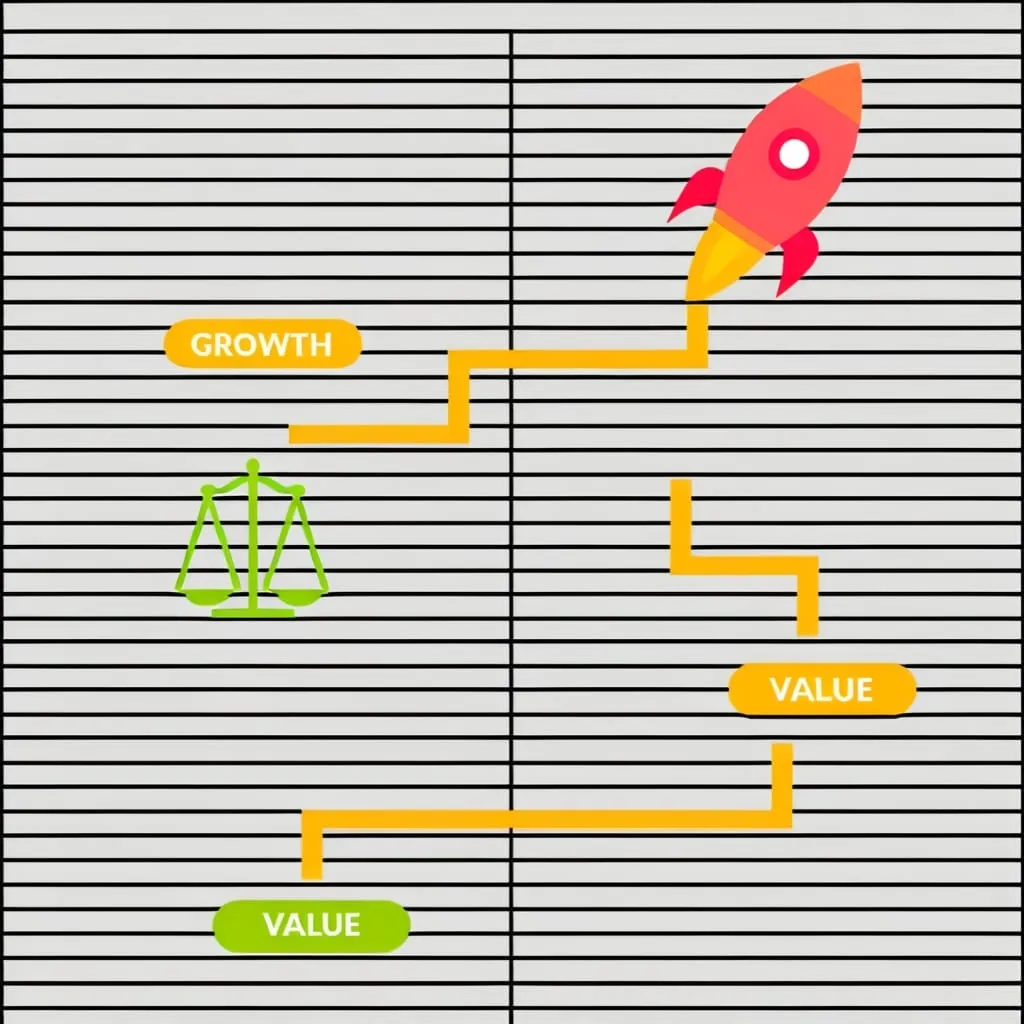Stop-loss orders are a game-changer for investors looking to protect their portfolios and sleep soundly at night. These handy tools act like a safety net, catching you before you fall too far down the investment rabbit hole.
So, what's the deal with stop-loss orders? Well, imagine you're at a party, and you tell your friend to tap you on the shoulder if you've had one too many drinks. That's basically what a stop-loss order does for your investments. It's like saying, "Hey, if this stock drops below $85, sell it before I do something I'll regret."
The beauty of stop-loss orders is their simplicity. You set a price, and if your stock hits that price, it's sayonara. No need to obsessively check your phone every five minutes or lose sleep over market jitters. Your broker's got your back.
But here's where it gets interesting. You've got options (pun intended) when it comes to stop-loss orders. There's the plain vanilla version, which turns into a market order when triggered. Then there's the fancy stop-limit order, which gives you more control over the selling price. It's like ordering a coffee - you can go for a regular brew or get all specific with your half-caf, sugar-free vanilla latte with extra foam.
Now, you might be wondering, "Where do I set this magical stop-loss price?" Well, it's not an exact science, but there are some tricks of the trade. Some folks go with a percentage approach, setting their stop-loss 5% or 10% below the current price. Others prefer to work with actual dollar amounts. It's like setting an alarm - you don't want it to go off too early and ruin your sleep, but you also don't want to oversleep and miss your flight.
One of the coolest things about stop-loss orders is how they mess with your head - in a good way! They take the emotion out of investing. We've all been there, holding onto a losing stock like it's the last slice of pizza, hoping it'll turn around. Stop-loss orders are like that friend who says, "Dude, it's time to let go."
These orders are super convenient, especially if you're not the type to sit around watching stock tickers all day. Whether you're sipping margaritas on a beach or stuck in back-to-back meetings, your stop-loss order is working hard to protect your investments.
But wait, there's more! Stop-loss orders aren't just about cutting your losses. They can also help you lock in profits. It's like having a personal assistant who follows you around, picking up the money you drop. That's what a trailing stop-loss does - it adjusts as the stock price goes up, ensuring you keep some of those sweet gains even if the market takes a nosedive.
Let's break it down with a real-life example. Say you bought some Microsoft stock at $100 and set a trailing stop-loss at 10% below the current price. If the stock shoots up to $120, your stop-loss would adjust to $108. If it then drops to $108 or lower, boom! Your stock is sold, and you've locked in a tidy profit.
Now, before you go stop-loss crazy, there are some pitfalls to avoid. Setting your stop-loss too close to the current price is like putting your alarm clock right next to your ear - it's going to go off at the slightest disturbance. You might end up selling during a tiny dip, only to watch the stock recover and soar to new heights without you.
The cool thing is, there's actual research backing up the effectiveness of stop-loss strategies. One study looked at 54 years of data and found that a simple stop-loss strategy not only provided higher returns but also substantially lowered losses. It's like finding out that eating ice cream can help you lose weight - too good to be true, but actually legit!
So, how do you become a stop-loss pro? Here are some tips:
- Use trailing stops to lock in profits as your stocks climb.
- Don't set your stops too close - give your stocks some breathing room.
- Consider how volatile the stock is when setting your stop-loss level.
- Check your stop-loss levels every now and then to make sure they still make sense.
Using stop-loss orders is all about discipline and knowing your risk tolerance. It's easy to get caught up in the thrill of trading and forget about protecting yourself. One trader shared how they used to win 90% of their trades but still blew up their account because they didn't use stop-losses. After implementing a strict stop-loss strategy, their win rate went down, but their overall results became much more stable. It's like learning to drive defensively - you might not win every race, but you'll avoid the big crashes.
Stop-loss orders are like the seatbelts of the investment world. They might seem like a hassle at first, but they can save your financial life when things get bumpy. Whether you're a seasoned pro or just dipping your toes into the stock market, these orders can be your best friend.
By understanding how stop-loss orders work and using them wisely, you can take your investment game to the next level. You'll be able to protect your hard-earned cash and potentially lock in some sweet profits along the way. So next time you're eyeing a juicy investment opportunity, remember the magic of stop-loss orders. They might just be the difference between a champagne celebration and a ramen noodle dinner.
In the end, investing is all about balancing risk and reward. Stop-loss orders are like your financial safety net, catching you if you fall but still letting you reach for the stars. They give you the confidence to take calculated risks without the fear of losing it all. So go ahead, set those stop-losses, and invest with peace of mind. Your future self (and your bank account) will thank you.
Remember, the stock market can be a wild ride, but with stop-loss orders in your toolkit, you're equipped to handle the ups and downs. It's like having a secret weapon that helps you stay in the game longer and potentially come out on top. So embrace the power of the stop-loss, and may your investments always land on their feet!






